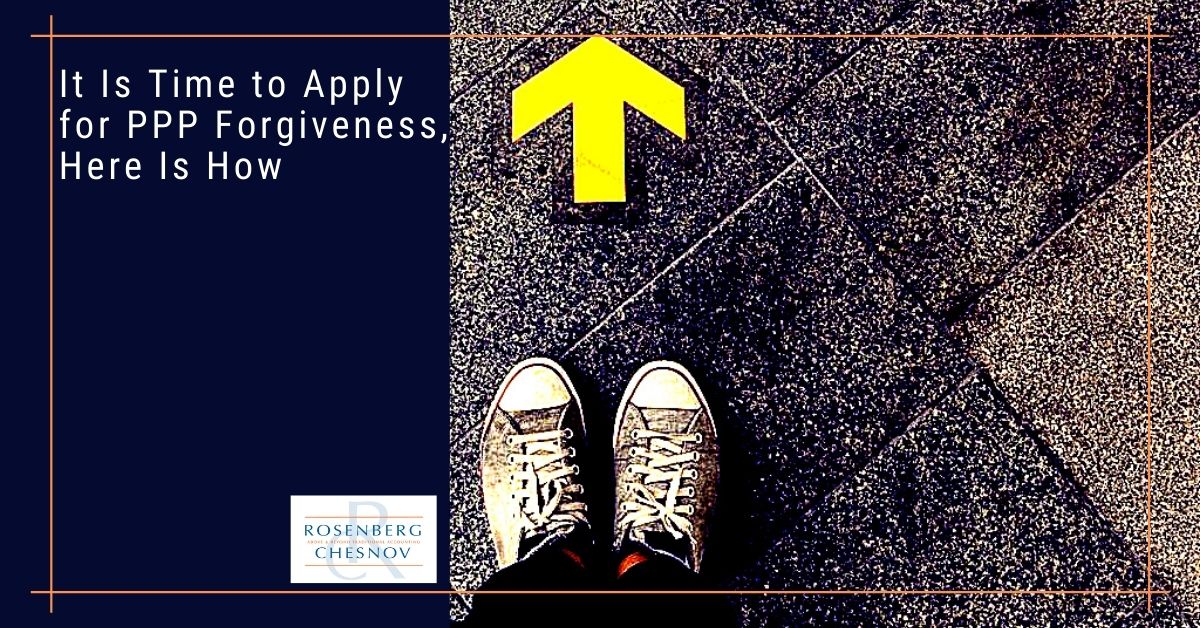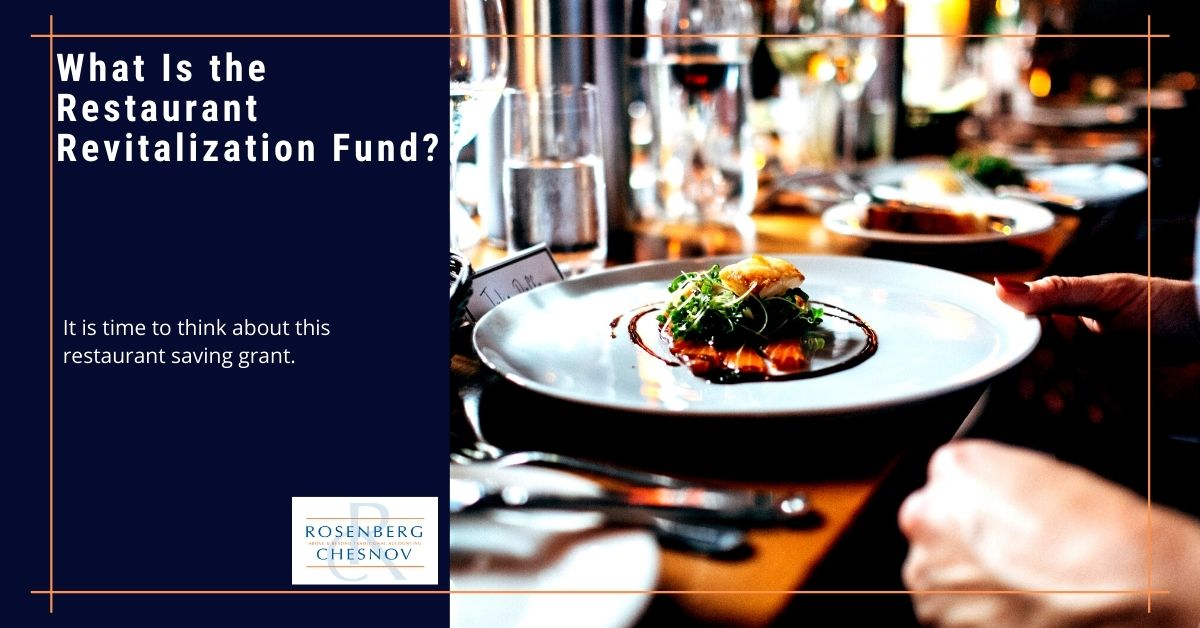

What does the Advance Child Tax Credit mean for you?
Category: COVID-19
The SBA is now making its way through the EIDL loan backlog. So if you applied weeks ago for the loan, you may receive an offer for a loan. There is little opportunity to negotiate, it is a take or leave it kind of a deal.
So the question that comes up is: should I take the loan or leave it? The answer: it depends. Below I go through what the EIDL Loan is and explain the two parts to the EIDL the advance and the loan.
Then I get into details about the EIDL loan itself including:
And I end with some guidance on whether you should take the loan.
So lets start with:


Way back in March, when the COVID crisis hit, the SBA made EIDL loans available to small businesses injured by the shutdown. The SBA expected to offer these loans through December 31, 2020, but closed the loan program within about three weeks because there was too much demand.
Since then, the SBA has been working through the backlog and is making some progress. If you applied for the loan and received a tracking number, the SBA will likely get to your application soon if they have not already.
There is some confusion about the loan and the advance grant, so here is what we know.
There are two pieces to the EIDL the Advance, a $10,000 quick deposit, and the loan of up to $2 million.
(NOTE: the EIDL ADVANCE is no longer available, this program ended July 11, 2020).
Initially, the Advance was for $10,000, paid within 36 hours. In reality, distributing the Advance took much longer – weeks in most cases – and the amount depended on employees. Instead of paying a flat $10,000, the SBA paid out $1,000 per employee, with owners counting as employees.
If you applied for the EIDL you likely checked the box requesting the advance, since the advance payment was automatic, you may have received this already.
The advance amount you receive is a grant – you do not need to pay this part back. However, you will subtract the Advance amount from any part of the PPP loan that is forgiven.
Example: if you receive an advance of $5,000 and are eligible for $25,000 in PPP forgiveness, you will subtract the $5,000 from the $25,000 and end up with $20,000 forgiven from the PPP program.
After depositing the Advance, the SBA works on your loan. Rather than negotiate a loan of up to $2 million, per the original documentation, the SBA has made take it or leave it offers for up to $150,000.
You will receive an email telling you how much you qualify for; you can agree to the amount, verify your details, and then submit your application. After another review cycle (which takes from hours to days), you will sign the loan papers and receive the loan.
From what we have seen and understand the terms are all the same:


Download a redacted copy of the EIDL term sheet
We can’t guarantee that your terms will be the same, but you can download this to familiarize yourself with the language and possible terms.
According to the terms we have seen the acceptable use of this loan is:
“Borrower will use all the proceeds of this Loan solely as working capital to alleviate economic injury caused by disaster occurring in the month of January 31, 2020 and continuing thereafter …”
SBA Loan Signing Document
The exact definition of “working capital” depends. Specifically, some definitions include payroll, some do not. The SBA is not clear.
There are some restrictions on the loan: you cannot use it to relocate and there are some explicit instructions on using it for lobbying.
The SBA requires that you document how you use the funds. They may never check this documentation but you should keep a record and be ready to document that you used the funds for what you believe to be legitimate working capital expenses.
For loans under $25,000 there is no collateral required.
For loans OVER $25,000 the SBA requires that the borrower grant an interest in all assets owned by the borrower, the company. Terms may differ, but what we have seen is (quoted from the term sheet):
“The Collateral in which this security interest is granted includes the following property that Borrower now owns or shall acquire or create immediately upon the acquisition or creation thereof: all tangible and intangible personal property, including, but not limited to: (a) inventory, (b) equipment, (c) instruments, including promissory notes (d) chattel paper, including tangible chattel paper and electronic chattel paper, (e) documents, (f) letter of credit rights, (g) accounts, including health-care insurance receivables and credit card receivables, (h) deposit accounts, (i) commercial tort claims, (j) general intangibles, including payment intangibles and software and (k) as-extracted collateral as such terms may from time to time be defined in the Uniform Commercial Code. The security interest Borrower grants includes all accessions, attachments, accessories, parts, supplies and replacements for the Collateral, all products, proceeds and collections thereof and all records and data relating thereto.”
SBA Loan Signing Document
The SBA further requires that you insure the collateral assets listed above and make them available for inspection. There is also a restriction against selling or obligating these assets in any way (except for inventory, which you can sell as a part of doing business).
Also keep in mind who the borrower is. From what we have seen the SBA is NOT requiring a personal guarantee. So, the obligation stops with the business.
Read the agreement and be sure you are comfortable with the terms before you sign.
The answer to this is a murky, “it depends.”
The covenants around the collateral are stringent. But, if you need this money to survive then, that may be acceptable. The terms are not bad, a 30-year loan at 3.75% is reasonable.
If you don’t need the money to survive, then think of it as an option.
Money in the bank will give you options in the future. If six months from now, you need to make a quick pivot or invest in some people or services to keep your business afloat – having some cash at your disposal can be crucial.
But this option does come with a cost. Interest will accrue from the time you receive the loan. If you hold the money in your bank account, this option will cost you that interest. A $150,000 loan will cost you between $5,500 and $6,000 in interest over the next year (the actual cost depends on your deposit interest rate, which is probably exceptionally low now).
If you have access to a line of credit with better terms, that may be a better option.
There is no one answer to whether this is a good option or not. Consider your situation, consider the terms, and make your decision based on what will help you keep your business going.
The goal right now must be to keep your business going. At some point in the future, clients, customers, and the economy will return. Your business goal is to be the one in business so that when they do return, they buy from you first. So, I think that when you weigh the value of the loan, you should do so within the context of where you want to be a year from now.
From there, decide whether the cost is worth it or not.
If you do take the loan and need to enter the loan information into Quickbooks, check out this post.
Also have you looked at the PPP loan? You can apply up until June 30, 2020
If you are a client and would like to book a consultation, just click here.
If you aren’t a client, why not? We can take care of your accounting, bookkeeping and CFO needs so that you don’t have to worry about any of it. Interested? Click here for a no-obligation consultation.


Category: COVID-19


Category: COVID-19


Category: Accounting
Send us a message and we will contact you as soon as possible.
Jeff Coyle, CPA, Partner of Rosenberg Chesnov, has been with the firm since 2015. He joined the firm after 20 years of business and accounting experience where he learned the value of accurate reporting, using financial information as a basis for good business decisions and the importance of accounting for management.
He is a diligent financial professional, able to manage the details and turn them into relevant business leading information. He has a strong financial background in construction, technology, consulting services and risk management. He also knows what it takes to create organizations having built teams, grown companies and designed processes for financial analysis and reporting.
His business experience includes:
Creating and preparing financial reporting, budgeting and forecasting.
Planning and preparation of GAAP and other basis financial statements.
Providing insight on financial results and providing advice based on those results.
Jeff also has a long history of helping individuals manage their taxes and plan their finances including:
Income tax planning and strategy.
Filing quarterly and annual taxes.
Audit support.
General financial and planning advice.
Prior to joining the firm in 2015, Jeff was in the private sector where he held senior financial and management positions including Controller and Chief Financial Officer. He has experience across industries, including construction, technology and professional services which gives him a deep understanding of business.
Jeff graduated from Montclair State University, he is a CPA and member of the American Institute of Certified Public Accountants, New York State Society of Certified Public Accountants and New Jersey State Society of Public Accountants.
Jody H. Chesnov, CPA, Managing Partner of Rosenberg Chesnov, has been with the firm since 2004. After a career of public accounting and general management, Jody knows the value of good financials. Clarity, decision making, and strategy all start with the facts – Jody has been revealing the facts and turning them into good business results for more than three decades.
He takes a pragmatic approach to accounting, finance and business. His work has supported many companies on their path to growth, including helping them find investors, manage scaling and overcome hurdles. His experience and passion for business reach beyond accounting and he helps businesses focus on what the numbers mean organizationally, operationally and financially.
He has a particular expertise in early-stage growth companies. His strengths lie in cutting through the noise to come up with useful, out of the box, solutions that support clients in building their businesses and realizing their larger visions.
Prior to joining the firm in 2004, Jody was in the private sector where he held senior financial and management positions including General Manager, Chief Financial Officer and Controller. He has experience across industries, which gives him a deep understanding of business.
Jody graduated with a BBA in Accounting from Baruch College, he is a CPA and member of the American Institute of Certified Public Accountants and New York State Society of Certified Public Accountants.
In addition to delivering above and beyond accounting results, Jody is a member of the NYSCPA’s Emerging Tech Entrepreneurial Committee (ETEC), Private Equity and Venture Capital Committee and Family Office Committee.
He is an angel investor through the Westchester Angels, and has served as an advisor for many startup companies and as a mentor through the Founders Institute.